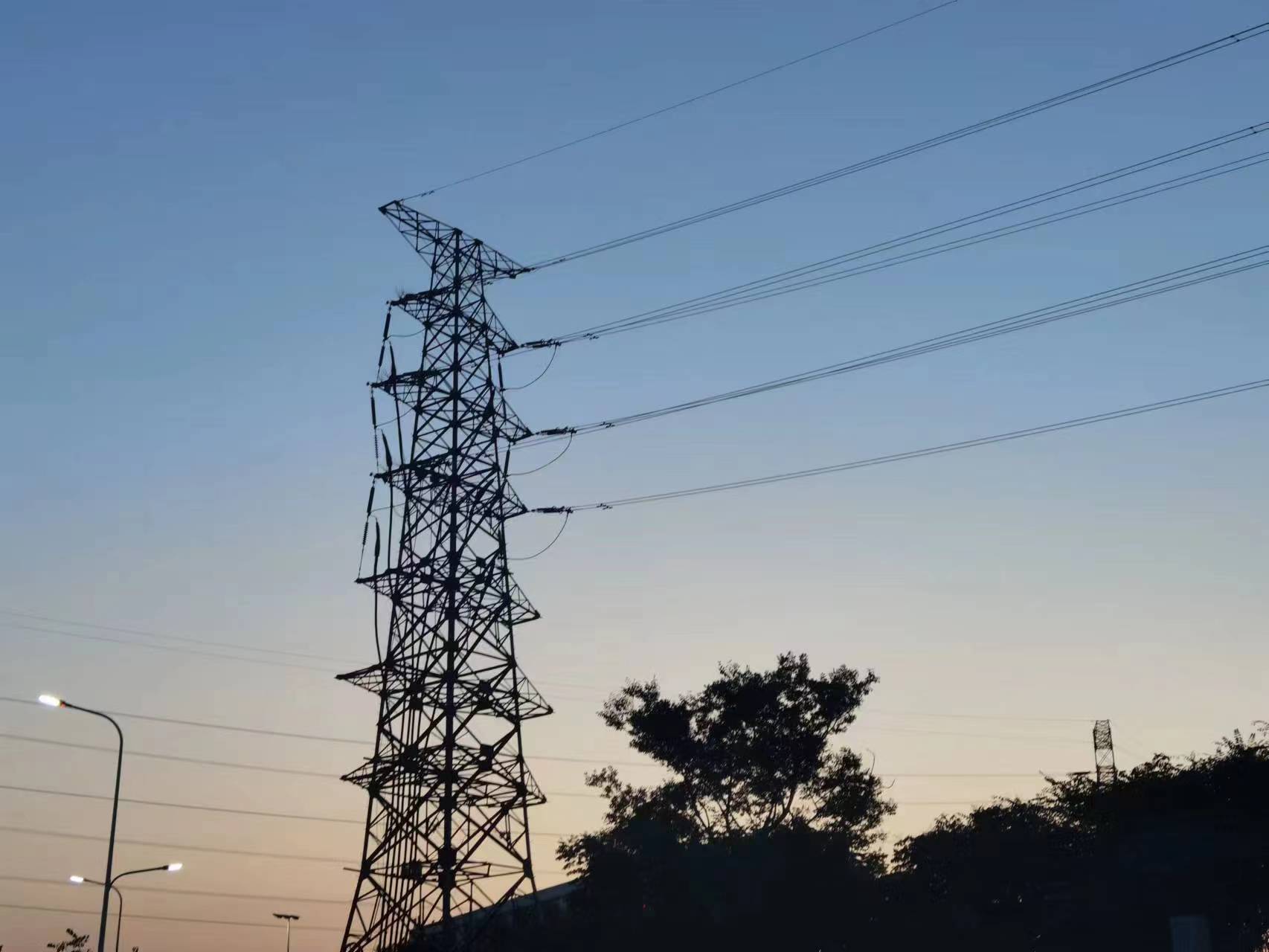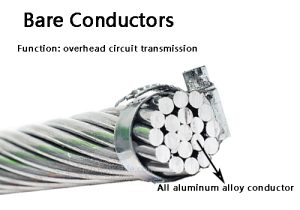- Offices Time:24 Hours Online
- Email:[email protected]
- WhatsApp:+8618339938759

Posted on June 25, 2023
Why are high voltage wires bare conductors?
High-voltage wires are not necessarily all bare wires, including bare conductors, magnet wires and insulated overhead cables. Bare conductors have no insulation, including copper, aluminum flat wires, overhead stranded wires, and various types of wires. This type of wire is mainly used for outdoor overhead and indoor busbars and switch boxes, as well as bare wires for high-voltage transmission lines. Why most high-voltage wires use non-insulated conductors, this blog post will explain why overhead high-voltage wires are exposed, and how to repair and maintain high-voltage transmission lines in a timely manner.
The insulated overhead cables erected on the tower poles are not all bare conductors, they are selected according to the voltage level used. 10-35K high-voltage wires use overhead insulated wires, and 110-1000KV wires use overhead bare wires.

1. There is no absolute boundary between conductors and insulators. High voltage tends to generate heat. In a high temperature and high pressure environment, not only will it burn out or even break down the insulating layer, but insulating materials such as rubber and plastic will also become conductive. In addition, air insulation has the advantage of heat dissipation, so bare conductors are selected for high-voltage lines.
2. The high-voltage wire is very long. If you wrap the insulation layer on the high-voltage electricity and hope it will work, the insulation layer will not be able to achieve the ideal thickness, and the weight of the conductor will be uncontrollable. cost of line construction and maintenance.
3. High-voltage lines are generally erected at high altitudes. There are height requirements for erection, and they are not easy to touch. As long as the safety distance requirements are met, there will be no danger when using bare wires.
Advantages of using insulated wire
1. The use of insulated overhead cables will greatly reduce line faults
The 10KV line tower pole is generally about 10 meters high. When it contacts with nearby objects, especially trees, it is easy to cause line failure. Extreme weather can cause more serious accidents.
2. Insulated wire can reduce floor space
The land value in the city is high. When using overhead bare wires, the distance between the bare wires and the safety distance from surrounding buildings needs to be considered. Using insulated wires can greatly reduce the channel width.
With the rapid development of my country’s power grid construction, the scale of high-voltage transmission lines is gradually expanding. High-voltage transmission lines have the characteristics of wide coverage, many points, and long lines. They are easily affected by unforeseen factors during operation. Therefore, it is necessary to fully grasp the maintenance of high-voltage transmission lines and maintenance, prolonging the service life of high-voltage transmission lines.
Operation Faults and Overhaul of High Voltage Transmission Lines
Lightning strike failure and maintenance
(1) Lightning faults Lightning faults seriously affect the safe and stable operation of high-voltage transmission lines and are highly destructive. Since my country’s high-voltage transmission lines are basically erected in outdoor environments, lightning strikes often occur in thunderstorm weather. In some areas where thunderstorms are more frequent, lightning faults frequently occur on high-voltage transmission lines, and some slight lightning faults on high-voltage transmission lines lead to tripping and instability of high-voltage transmission lines. Because lightning faults on high-voltage transmission lines are very difficult to eliminate And control, once a serious high-voltage transmission line lightning fault occurs, it will cause a fire, which seriously threatens the safety of people’s lives and properties.
(2) Key points for inspection and maintenance of lightning faults Lightning faults on high-voltage transmission lines are difficult to eliminate and control, so preventive work on high-voltage transmission lines is well done. Electric power departments in various regions should carefully analyze the local lightning current intensity and lightning distribution law, fully grasp the relationship between high-voltage transmission line structure, terrain and lightning current landing, study the law of high-voltage transmission line tripping and lightning strikes, and draw accurate thunderstorms The distribution area map, combined with the location of the high-voltage transmission line, actively take lightning protection measures.
Post categories
Most Popular Posts
-
The 136th Canton Fair welcomes you to participate!
October 12, 2024 -
High temperature cable introduction
July 26, 2024 -
Kenya Power and Energy Exhibition 2024
June 11, 2024 -
Introduction of rubber sheathed cable
June 5, 2024





